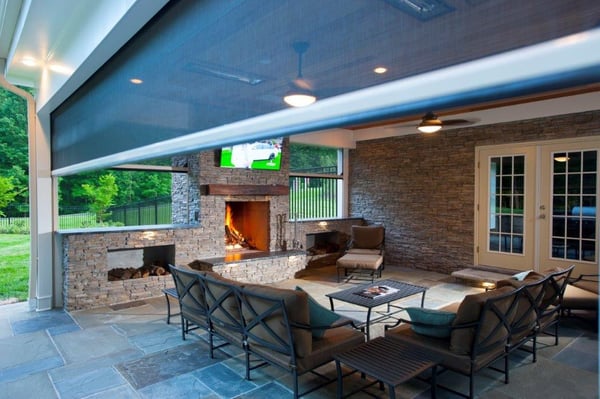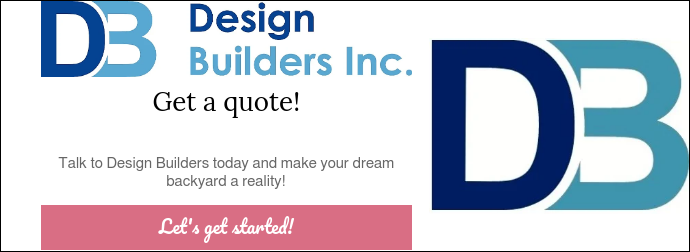Motorized screens and awnings offer a multitude of benefits that extend beyond mere functionality. These systems enhance the comfort, style, and value of your home. One of the primary advantages is their ability to provide shade and reduce heat, making outdoor spaces more enjoyable during hot summer days. They also offer protection from insects and other outdoor elements, ensuring that your patio or deck remains a pleasant place to relax and entertain.
Moreover, motorized screens and awnings can be customized to fit any space, providing a seamless look that complements your home's architecture. The convenience of motorization means you can easily adjust the screens or awnings with the push of a button, allowing you to control the amount of sunlight or shade you desire. This ease of use is particularly beneficial for larger installations where manually adjusting the screens or awnings would be cumbersome.Choosing the Right Motorized Screen or Awning for Your Space
Selecting the right motorized screen or awning involves considering several factors, including the size of the area, the primary purpose of the installation, and your aesthetic preferences. For instance, if your main goal is to block sunlight and reduce heat, a solar screen might be the best option. On the other hand, if you are looking to keep insects at bay, an insect screen would be more suitable.
It's also essential to consider the materials and technologies used in the screens and awnings. Modern advancements have led to the development of durable and efficient materials that can withstand various weather conditions. For example, polyethylene vinyl is a popular choice for its durability and ability to resist shrinking in cold temperatures.
Consulting with a professional can help you navigate these choices and ensure that you select a product that meets your needs and complements your home's design.

Installation Tips for Seamless Integration
Proper installation is crucial for the optimal performance and longevity of motorized screens and awnings. One key consideration is ensuring that the installation looks as if it was part of the original home design. This often involves custom-building the screens or awnings to fit the specific dimensions of your space.
For larger installations, it's essential to consider the structural requirements. For example, installing a 30-foot-wide screen may require additional support columns to ensure stability. It's also important to plan for electrical needs. While many motorized systems can be plugged into standard outlets, some installations might benefit from hardwiring to avoid visible cords and ensure a cleaner look.
Working with experienced installers can help ensure that the motorized screens or awnings are integrated seamlessly into your home, providing both functionality and aesthetic appeal.
Maintenance Tips for Longevity and Performance
One of the significant advantages of motorized screens and awnings is their relatively low maintenance requirements. However, to ensure that they remain in top condition, a few simple maintenance practices can be beneficial. Regularly cleaning the screens and awnings with mild soap and water can prevent dirt and debris from accumulating and affecting their performance.
Lubricating the tracks periodically is also recommended to ensure smooth operation. While many systems are designed to be maintenance-free, exposure to the elements can sometimes necessitate minor adjustments. For instance, using a recommended lubricant can help maintain the tracks' performance over time.
Implementing a yearly check-in or service plan can provide peace of mind and help catch any potential issues early, ensuring that your motorized screens and awnings continue to operate efficiently and effectively for years to come.
Innovative Technologies and Materials
The motorized screen and awning industry has seen significant advancements in recent years, with innovations aimed at enhancing durability, efficiency, and user experience. One notable development is the introduction of self-adjusting tracks. These tracks can compensate for changes in temperature and wind conditions, ensuring smooth operation even in challenging weather.
The materials used in modern screens and awnings have also evolved, with options like polyethylene vinyl offering enhanced durability and resistance to shrinking in cold temperatures. Additionally, bottom bars have been designed to be more robust, preventing bowing or bending and ensuring that the screens deploy smoothly.
Technological advancements have also led to the development of lithium-ion rechargeable motors, which offer a battery-powered alternative for installations where running electrical lines may be challenging. These motors can be recharged using solar panels, providing an eco-friendly and cost-effective solution.

How to Incorporate Motorized Screens and Awnings into Your Home Automation
Incorporating motorized screens and awnings into your home automation system can significantly enhance convenience and control. Many modern systems are compatible with popular home automation platforms, allowing you to operate the screens and awnings through apps on your smartphone or via voice commands with devices like Alexa or Google Assistant.
Using a hub such as Bond can facilitate this integration, providing a seamless connection between your motorized screens and your home automation system. This allows you to set schedules, automate adjustments based on weather conditions, and control the screens or awnings from anywhere in the world.
Integrating motorized screens and awnings into your home automation system not only adds a layer of convenience but also enhances the overall functionality and enjoyment of your outdoor living spaces.
We would love to hear from you. If you live in the DMV area and want to learn more about your screening options, please fill out the form below or call us at 301-875-2781.


